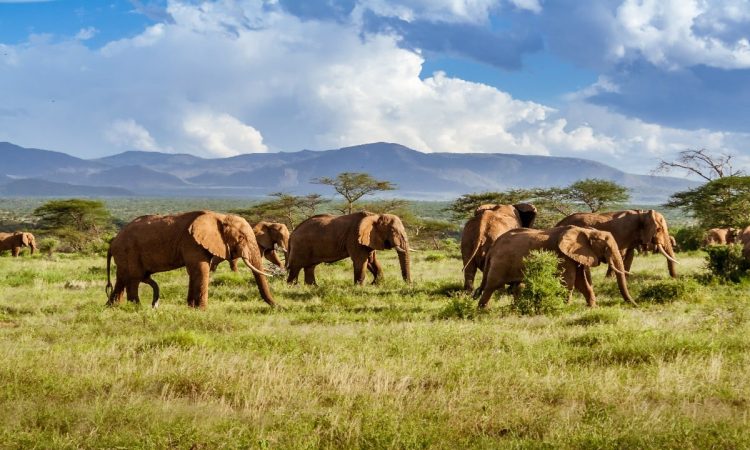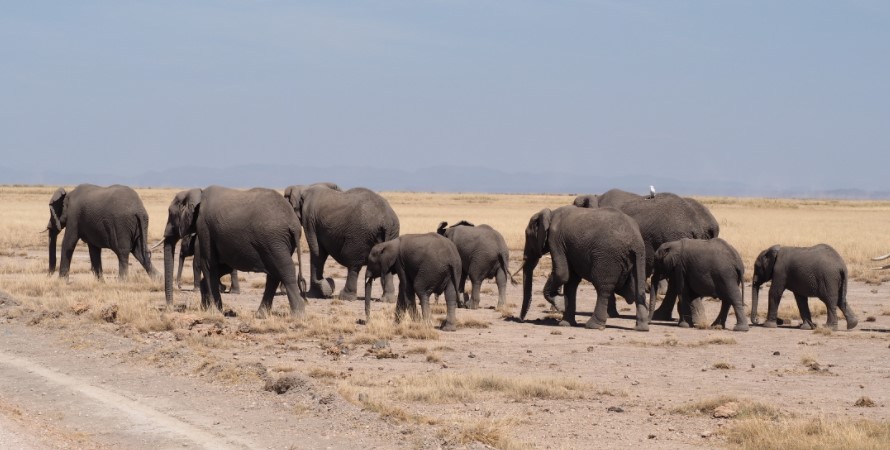Summer Vs. Winter : The Difference In Safari : For you to get the most out of your safari, you must be aware of what to expect when you arrive in Africa. If you pack for tropical weather, you don’t want to discover that the nights are chilly and you forgot to pack a jacket.

In order to properly pack and make the most of your trip, it’s important that you understand a few things about the seasonal shifts that occur in the main safari areas between the heights of summer and winter. Kindly note that the conditions differ slightly as one moves further north and east, up to east Africa and the vast plains of the Serengeti National Park and Maasai Mara ecosystems.
Temperature/Weather
Summers can be warm. Even though high summer temperatures typically hover around 30 degrees Celsius (the high 80s in Fahrenheit), they occasionally reach as high as the mid-40s (roughly 113 F). In terms of clothing, light layers will work just fine.
Having said that, considering that summer is also the rainy season in southern and eastern Africa, temperatures may be tempered by hazy skies and sporadic thunderstorms. After a few days of precipitation and no sun, it can become chilly. To stay warm and dry, a decent rain jacket ought to be sufficient. If the clouds open, the majority of lodges will offer ponchos on the drive to block out the majority of the moisture.
A typical daytime cycle includes a hot, clear morning, a buildup of clouds in the middle of the day, a quick thunderstorm, and then a period of clarity into the evening. As evening falls, watching the lightning strikes can be quite spectacular.
On the other hand, winter is a constant season. The interior of the subcontinent is particularly cold at night, when it can get down to temperatures just below freezing. However, as soon as the sun rises, the temperature begins to rise, and the day will likely be cloudless with temperatures in the mid-20s Celsius (mid-70s Fahrenheit). It’s fine to wear shorts and a t-shirt.
The southern stars are breathtaking, and the night sky is clear. For your evening and early morning drives, make sure you have a good jacket and long pants.
Safari Conditions
As a result of the summer’s rain, trees that were dormant during the winter burst into leaf, turning the bush into a lush sea of foliage. The grass that was once nothing more than a few shoots has grown to be higher than the vehicle in some places. Although there is a remarkable amount of life during the summer, it can be challenging to see wildlife due to dense vegetation.
However, too much vegetation tends to force the animals onto the wider paths and roads, making it easier to spot big cats in particular. Leopards are more likely to be found high up in trees, where they are visible and out of the itchy grass.
The open season is winter. Visibility greatly improves as the leaves on the trees fall and the grass withers until next summer. Distanced objects are now easier to see (be sure to bring your binoculars).
Because it’s also the dry season, having access to water is crucial. Wildlife gathers around waterholes, which serve as hubs of animal activity, while in the summer, when there are more ephemeral pans due to rain, things tend to spread out more. Although the surroundings are a little gloomier than they are in the summer, the lovely golden hour tends to last a little longer in the winter for photographic purposes.
Wildlife
Experiences with wildlife in the summer and winter are very different. In the winter, animals, especially big cats, are more likely to be active during the day. They don’t lose energy from moving around as quickly because it’s not as hot. Due to the increased activity levels at this time of year, bigger game is typically the focus of safaris. The emphasis on waterholes also contributes because many of the local big cats are aware of the potential buffet that will pass by during the day.

On the other hand, summer is all about pure variety. All the smaller creatures have emerged from their winter hiding places thanks to the rain; there are birds everywhere because migratory birds have flown south to benefit from the invertebrate boom; animals are giving birth (impalas, wildebeest, and warthogs in particular all give birth at the same time); and life is evident everywhere you turn.
Elephants and rhinos are bathing in mud to stay cool, and the activity in the bush is absolutely fascinating to observe.
However, big cats tend to be a little less active during the day because the higher temperatures drive them into the shade. They also frequently save their hunting for the evening, when it may be cloudy and completely dark, making for ideal stalking conditions.
There is no “best” safari season because the wildlife will always be present and will behave differently depending on the season. Weather fluctuates and is sometimes a bit of a gamble. It will always be good, so all you need to do is know what to pack (we can give you packing tips) and understand what to expect once you get there.
To learn more about the various safari seasons, get in touch with us at Focus East Africa Tours, and let’s get started planning your adventure.


